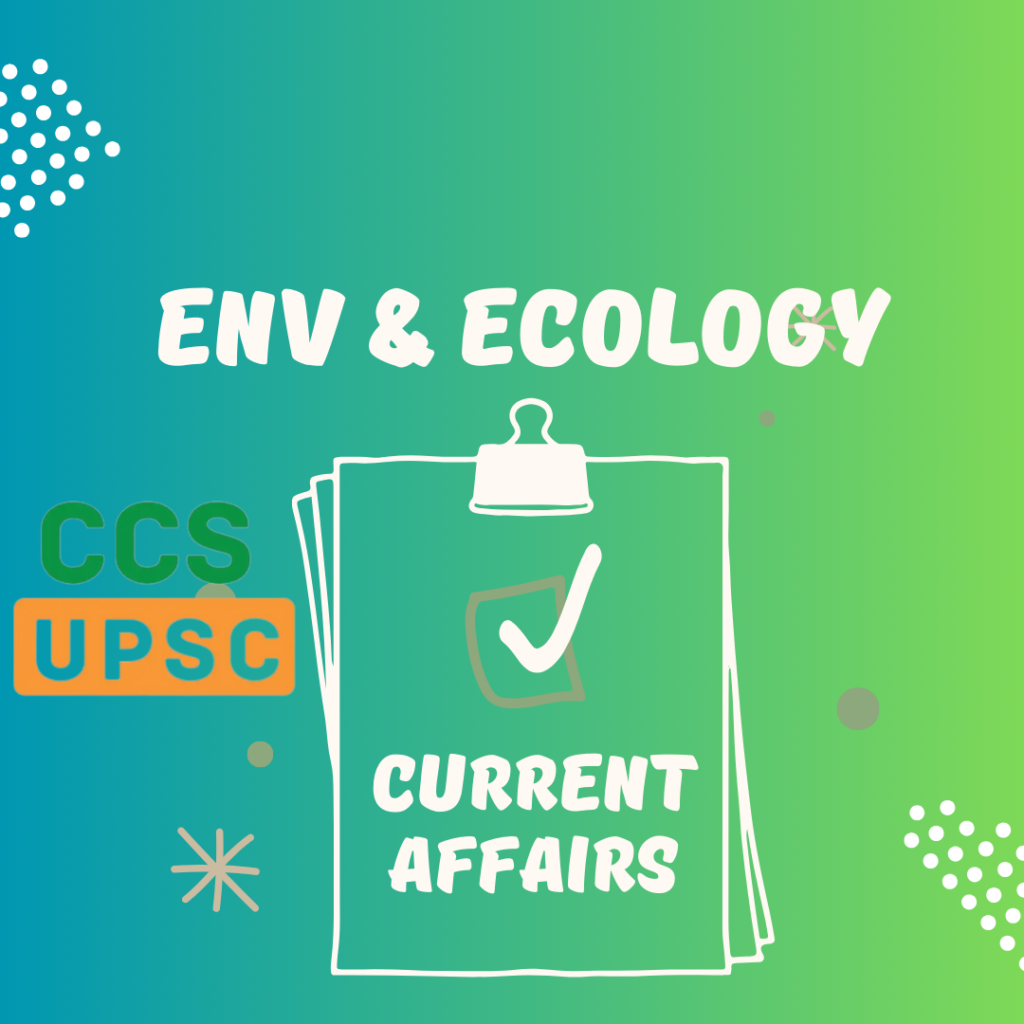Context
An unprecedented triple-dip La-Nina event, extended by climate change, has impacted the air quality in India.
During October to January, northern Indian cities experience very high concentrations of PM2.5. A variety of meteorological factors — temperature, moisture, heaviness in air, wind speed and direction — play a role in trapping pollutants in the lower levels of the atmosphere. These factors are also responsible for transporting pollutants from other regions, particularly those generated by agriculture waste burning in Punjab and Haryana, to Delhi and adjoining areas.On the other hand Western and Southern parts of the country have always had relatively lower levels of pollution, because of their proximity to oceans.
The winter of 2022-23 coincided with the last phase of an unusual triple-dip La Niña event, the first in the 21st century.The air quality worsened in peninsular Indian cities in the 2022-23 winter season but improved in the northern part of India.This phenomenon, influenced by climate change, impacted the large-scale wind pattern, playing a decisive role in preventing stagnation conditions in north Indian cities and thus improving air quality.
A change in the normal wind direction led to the anomaly of winter 2022.During this time, wind usually blows in the northwesterly direction, from Punjab towards Delhi and further into the Gangetic plains. In the winter of 2022, however, the wind circulation was in the north-south direction. The pollutants being carried from Punjab and Haryana bypassed Delhi and surrounding areas and flew over Rajasthan and Gujarat to southern regions.In the case of Mumbai, usually wind currents alternate between blowing from the land to the sea every few days. When blowing from the land towards the sea, the winds carry pollutants out of the city. In 2022, however, instead of changing direction every four to five days, the winds persisted in one direction for more than a week or 10 days, leading to greater accumulation of pollutants in Mumbai.
An unprecedented triple-dip La-Nina event, extended by climate change, has impacted the air quality in India.
During October to January, northern Indian cities experience very high concentrations of PM2.5. A variety of meteorological factors — temperature, moisture, heaviness in air, wind speed and direction — play a role in trapping pollutants in the lower levels of the atmosphere. These factors are also responsible for transporting pollutants from other regions, particularly those generated by agriculture waste burning in Punjab and Haryana, to Delhi and adjoining areas.On the other hand Western and Southern parts of the country have always had relatively lower levels of pollution, because of their proximity to oceans.
The winter of 2022-23 coincided with the last phase of an unusual triple-dip La Niña event, the first in the 21st century.The air quality worsened in peninsular Indian cities in the 2022-23 winter season but improved in the northern part of India.This phenomenon, influenced by climate change, impacted the large-scale wind pattern, playing a decisive role in preventing stagnation conditions in north Indian cities and thus improving air quality.
A change in the normal wind direction led to the anomaly of winter 2022.During this time, wind usually blows in the northwesterly direction, from Punjab towards Delhi and further into the Gangetic plains. In the winter of 2022, however, the wind circulation was in the north-south direction. The pollutants being carried from Punjab and Haryana bypassed Delhi and surrounding areas and flew over Rajasthan and Gujarat to southern regions.In the case of Mumbai, usually wind currents alternate between blowing from the land to the sea every few days. When blowing from the land towards the sea, the winds carry pollutants out of the city. In 2022, however, instead of changing direction every four to five days, the winds persisted in one direction for more than a week or 10 days, leading to greater accumulation of pollutants in Mumbai.


